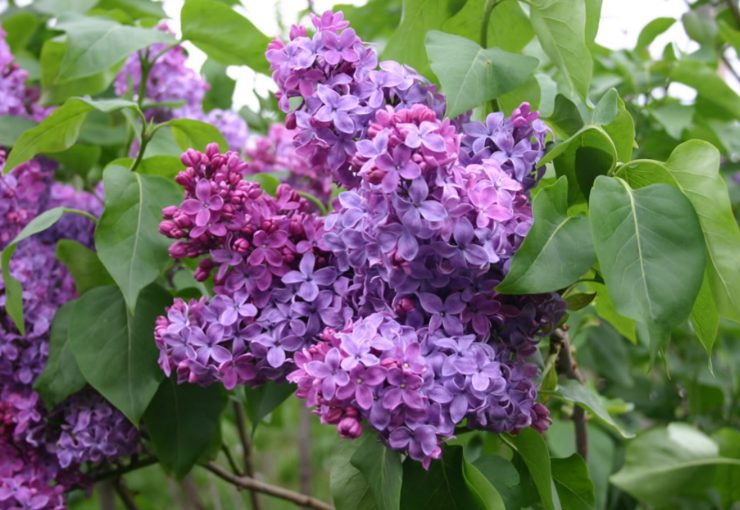Lilacs (Syringa vulgaris) are medium-sized shrubs (4 to 6 m in height) with deciduous foliage composed of large, slightly leathery green leaves. They are highly appreciated in our gardens for their superb fragrant flowering which runs, depending on the variety, from April to June.
The wide range of colors (white, purple, red, violet, blue, etc.) of the flowers, single or double, allows many fantasies.
Lilacs like ordinary soil and a warm, sunny location necessary to produce abundant blooms .
If your lilac does not bloom and vegetate…
On the one hand, do not hesitate to prune it to remove all dead wood and misplaced branches. Also cut off any suckers. These shoots start from the foot and attract to them the contributions of sap to the detriment of the older trunks.
If the shoots are a little far from the main trunk, use a spade (straight spade) to recover them, accompanied by a maximum of roots.
You will have multiplied your lilac at a lower cost and can replant it elsewhere in the garden or offer it to your acquaintances.
Also think about feeding your lilac . He will therefore appreciate a supply of well-ripened compost or composted manure. Make it penetrate by scratching and loosening the soil at the foot of the shrub, or even by digging the earth over 10 centimeters.
Renew the same supply of food at least the following fall to regenerate the soil.

Source: https://unco.info







